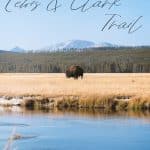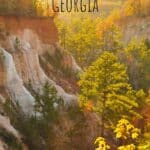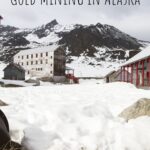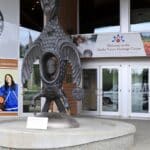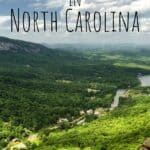Visiting Lake Clark, Alaska: A Natural Paradise
Alaska’s Lake Clark National Park and Preserve is one of the state’s hidden gems, offering visitors a rare combination of stunning landscapes, diverse wildlife, and a deep sense of tranquility. Nestled in the rugged heart of the Alaska Peninsula, Lake Clark is a place that captures the imagination of those who seek adventure in remote, untamed wilderness. Whether you’re a wildlife enthusiast, an avid hiker, or simply someone seeking to disconnect from the modern world and see some bears, Lake Clark has something special to offer. This is what you need to know about visiting Lake Clark, including how to get there, things to do, wildlife, and environmental considerations.
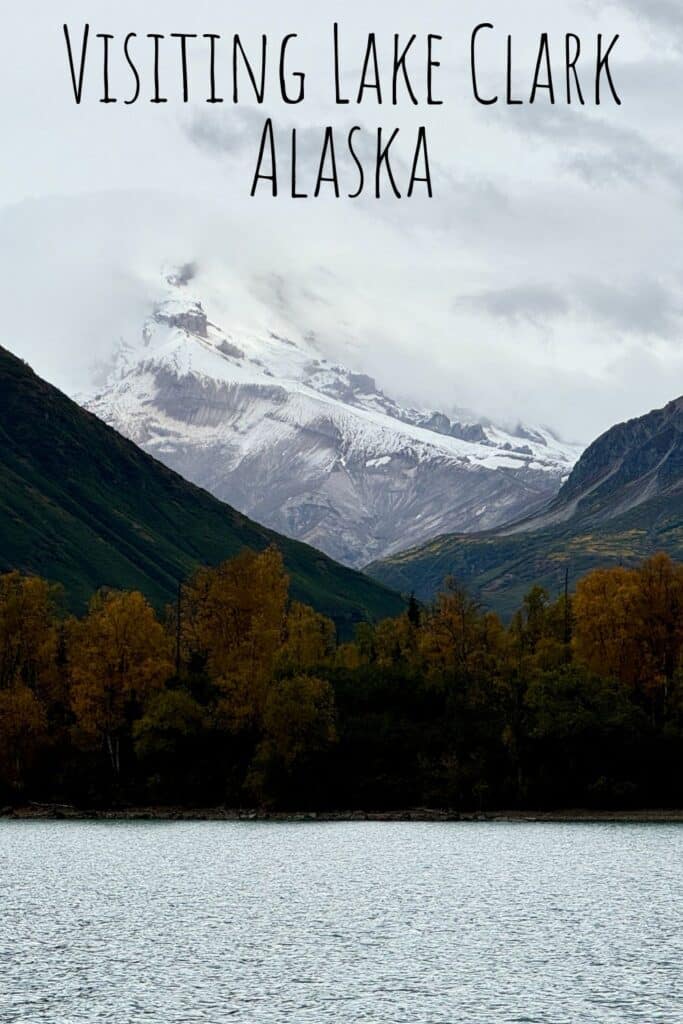
I don’t know that I would have put Lake Clark on my “must visit” list before I went. It felt so out of reach, both geographically and financially and I don’t take my getting to visit lightly. I wouldn’t have said that I was super into animals enough to make it worth it. However, that day is something I continually live over in my head and feels like a dream. My visit to Lake Clark was so unlike anything I had experienced before that it truly felt like it was once in a lifetime. From the flightseeing tour, the serenity of our pontoon boat ride, the bears in their natural habitat, to the lunch and hot chocolate that I couldn’t get enough of, it was a day to remember and I urge anyone who is at all able to go to do so. Seeing bears in the wild like this was such a different experience for me and I would go back and do it again in a heartbeat.
Getting to Lake Clark
By Air
Lake Clark is a remote destination, and the best way to reach it is by air. There are no roads leading to the park, so flying in is often the most practical option. Several small air taxi services provide flights from Anchorage, Homer, and other nearby towns to the park’s various airstrips. Fixed wing aircraft are allowed to land anywhere that is suitable–we landed at Crescent Lake, where we stayed. Flights typically use small, bush planes that are capable of landing on gravel airstrips or lakes, giving you an intimate, bird’s-eye view of the park’s stunning landscapes.
Flights can be arranged through air taxi companies such as Rust’s Flying Service, which is based in Anchorage. Depending on where you are coming from, flights typically range from 60 minutes to 1.5 hours. While expensive, flying into Lake Clark is an experience in itself, as it provides unparalleled views of the wild Alaskan wilderness.
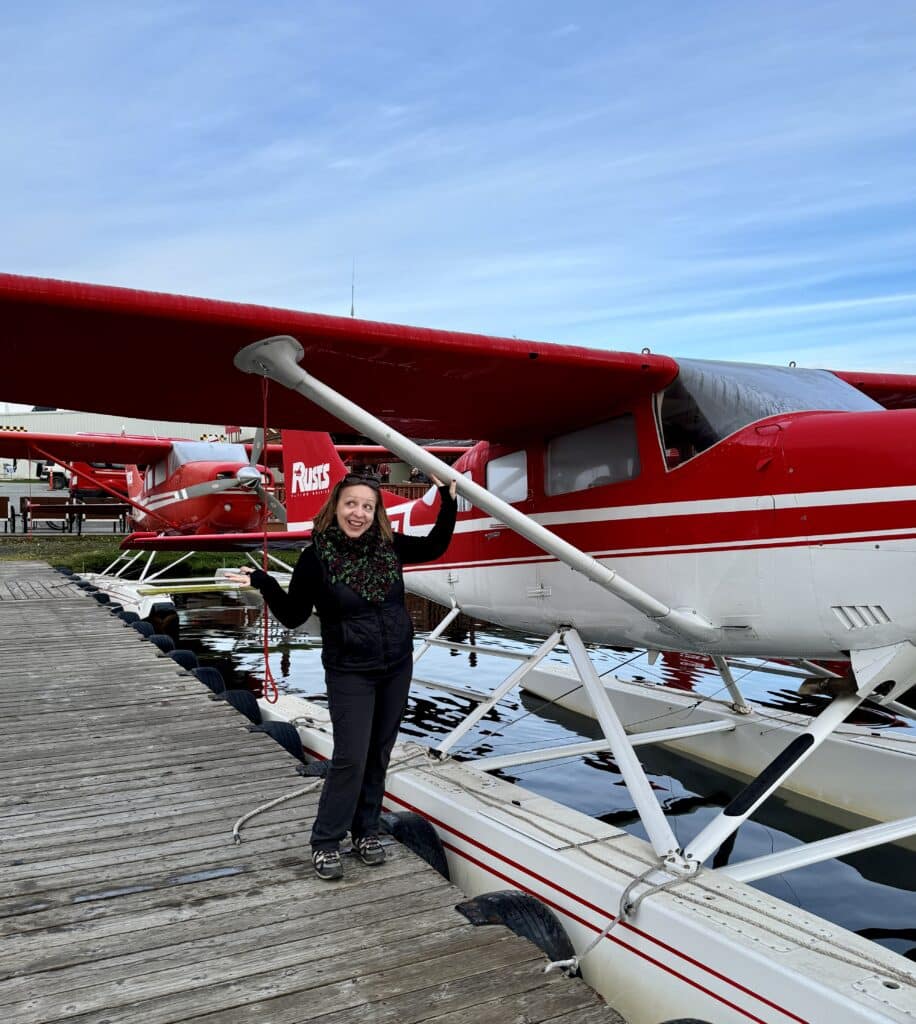
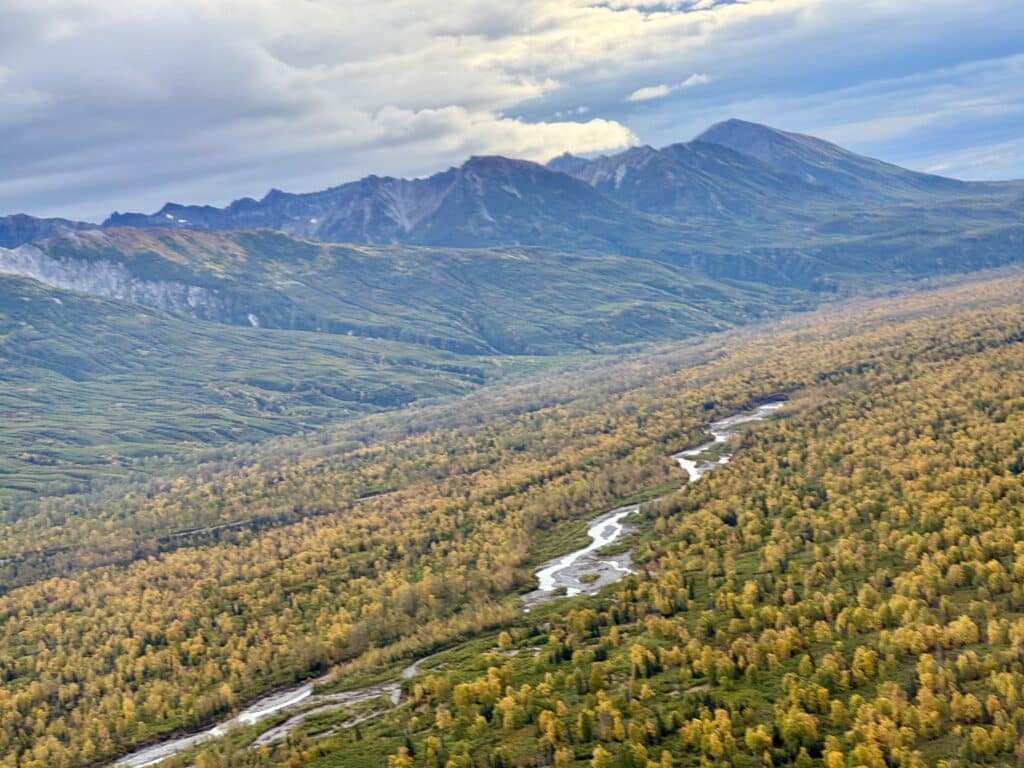
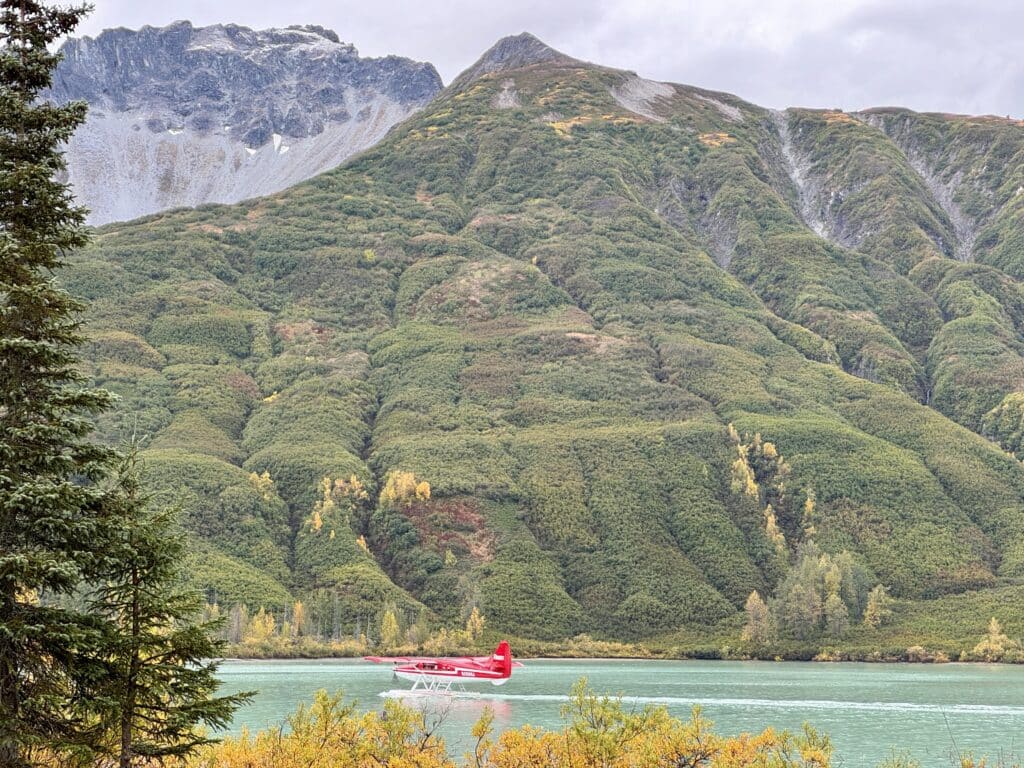
By Boat
If you’re up for a bit more of a challenge and have a sense of adventure, traveling by boat is another option. However, this method is most suitable for those with prior knowledge of the waters, as navigating the waters of Lake Clark can be difficult due to weather and seasonal conditions. Travelers who want to explore the lake’s shores and its surrounding areas by boat often make their way to the park via the Cook Inlet or from nearby locations like Kenai Peninsula. Once you’re in the area, you can rent boats or kayaks to explore the park’s waters.
By Hiking
While there are no formal roads into the park, there are hiking routes from nearby communities, though they are long and often challenging. The Tlikakila River Trail is a popular route for those who prefer hiking into the park. However, hiking into Lake Clark from the nearest access points, which could still require air transportation, can take several days and requires a high level of fitness and preparedness. For most visitors, flying in is the most feasible option.
Things to Do in Lake Clark National Park
Lake Clark National Park is a haven for outdoor enthusiasts and nature lovers. With its variety of terrains, activities, and stunning scenery, the park offers something for everyone. Below are some of the most popular things to do in Lake Clark.
Wildlife Viewing and Photography
One of the most enticing reasons people visit Lake Clark is to see its abundant wildlife. The park is home to a wide range of species, from grizzly bears to moose and a diverse array of bird species.
- Grizzly Bears: Lake Clark is one of the best places in Alaska to observe grizzly bears in their natural habitat. The park’s remote, wild nature allows the bears to thrive without much human interference. Particularly notable areas for bear sightings include Silver Salmon Creek, Crescent Lake, and Chinitna Bay, where visitors can watch the bears fishing for salmon in the rivers during the summer months.
- Moose and Caribou: Moose are another commonly seen animal in the park, particularly in the park’s more forested regions. Caribou are also found in the park, although they tend to be more elusive and require a bit of luck to spot.
- Birdwatching: Lake Clark is an excellent place for bird watchers, with a range of species calling the park home or migrating through it. Bird species such as the Western Sandpiper, Tundra Swan, and Trumpeter Swan are just a few that you might encounter during your visit.
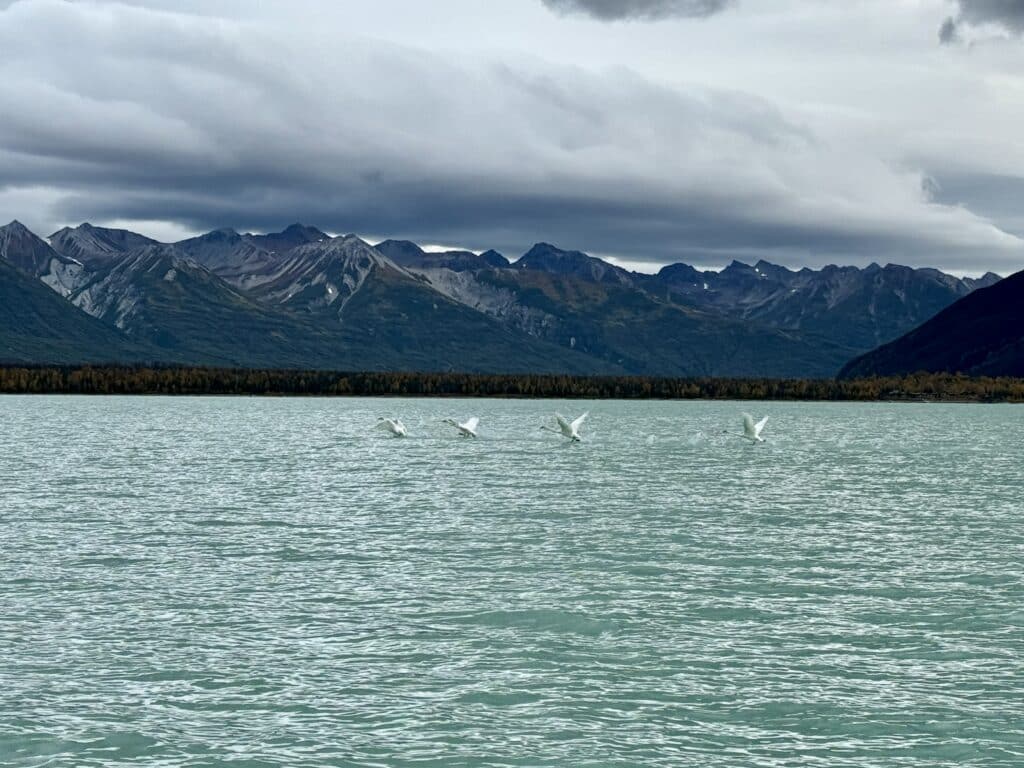
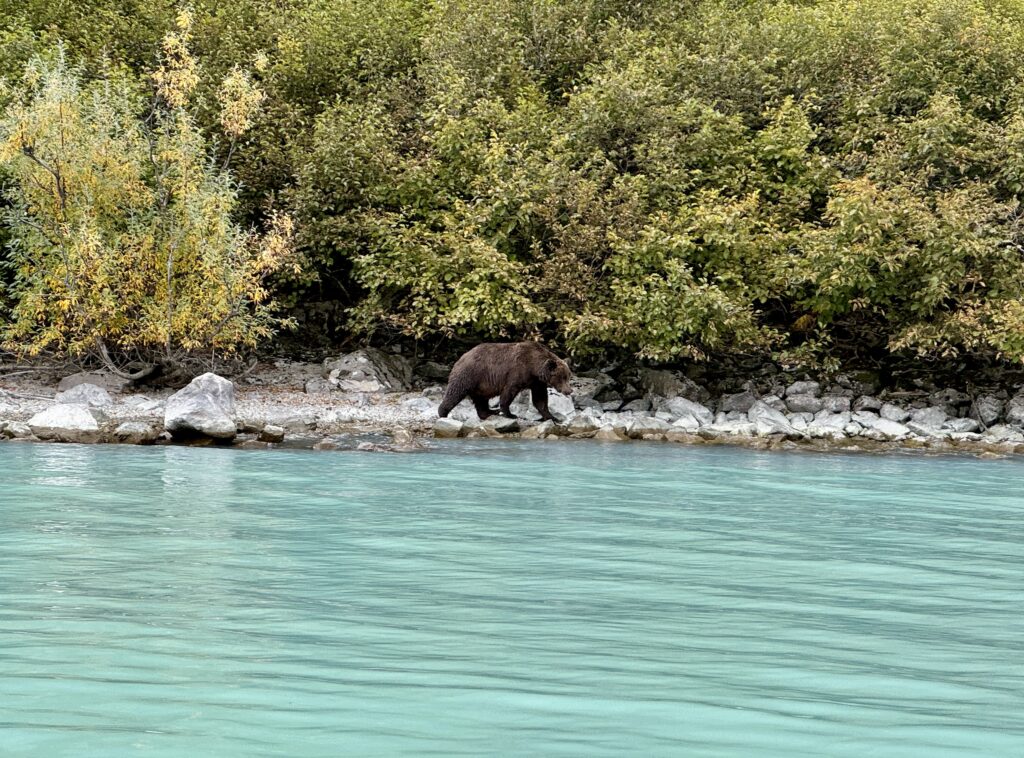
We were very much there for the bears and weren’t disappointed. It was September, so the end of the salmon run and spawning. The salmon were mostly dead and easy for the bears to catch. Bears and their cubs were easy to spot and they were all feeding in preparation for winter. It was truly surreal to sit and watch bears existing in ways I’d only seen on nature shows. I grew up with black bears in the Appalachian Mountains, but this was an entirely different experience.

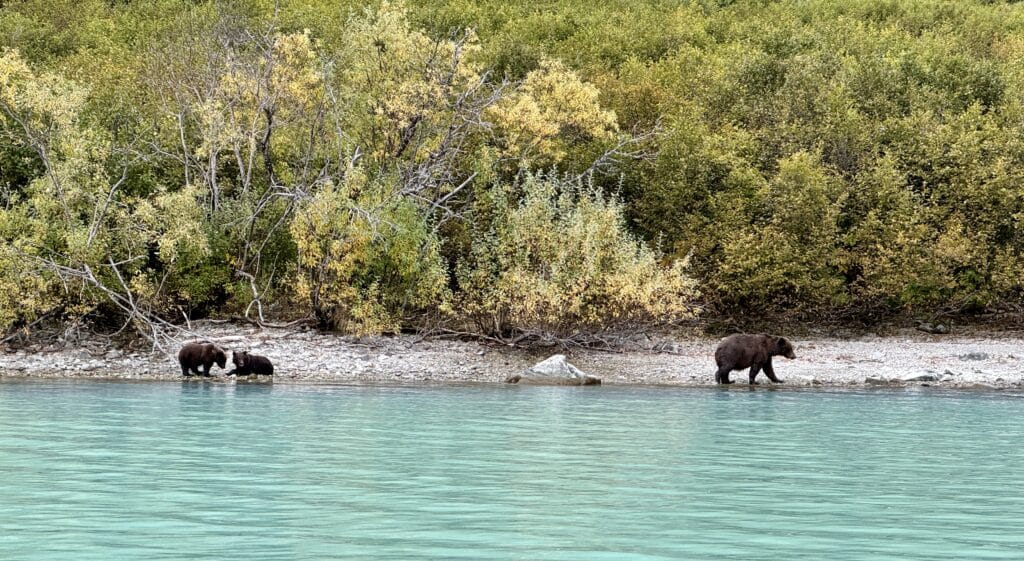
Fishing and Boating
Lake Clark itself is a haven for fishing enthusiasts. The lake and its surrounding waters are teeming with fish, including salmon, rainbow trout, and lake trout. Sockeye salmon runs are particularly popular, and many anglers visit the park during the salmon spawning season to catch fish in its clear, cold waters. You can either fish from a boat or along the shores of the lake.
For those interested in kayaking, the lake offers a peaceful and immersive way to experience the landscape. With its serene waters and dramatic vistas, kayaking in Lake Clark is a great way to get closer to nature.
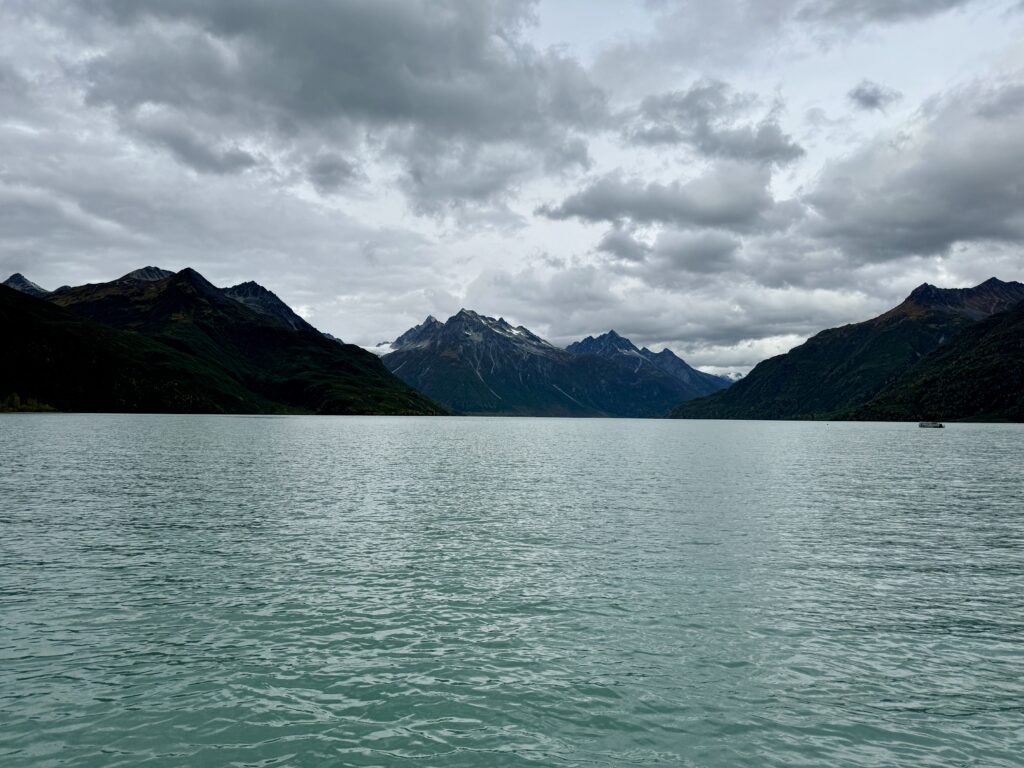
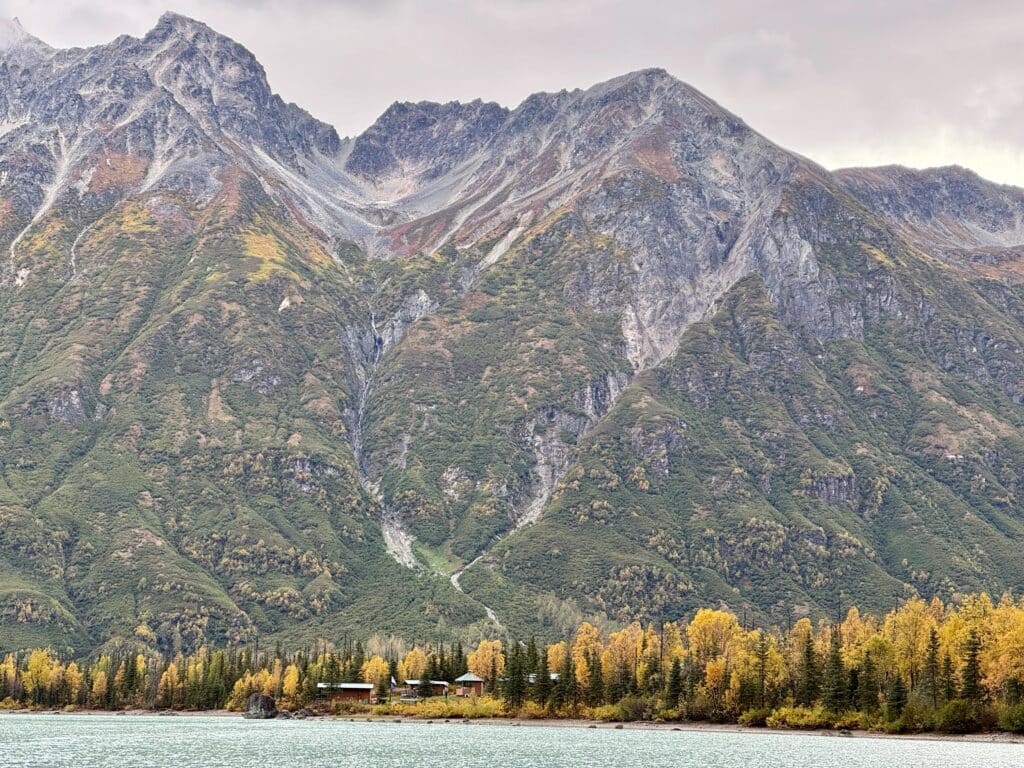
Hiking and Backcountry Exploration
For those who enjoy hiking, Lake Clark offers plenty of opportunities for exploring its vast wilderness. Several established hiking trails offer varying degrees of difficulty, from short day hikes to multi-day backcountry treks.
- Tanalian Falls: This is one of the most popular hikes in Lake Clark, offering a relatively easy route to a beautiful 50-foot waterfall. The hike provides a chance to see a variety of wildlife, such as moose and bears, as well as an excellent view of the surrounding mountains and forests.
- Mount Redoubt: If you’re up for a challenge, the hike to Mount Redoubt—an active volcano—is one of the more intense backcountry adventures in the park. It’s a multi-day trek that requires considerable fitness and preparation, but the rewards include incredible views of the surrounding area and the opportunity to witness volcanic activity up close.
- Backcountry Camping: For those who want to experience the wilderness more intimately, backcountry camping is allowed in Lake Clark. With no established campsites, you’ll need to be self-sufficient and prepared for the elements. However, this also means you’ll experience the ultimate in solitude, surrounded only by the sounds of nature.
Scenic Flights and Photography Tours
Given the park’s remote location and jaw-dropping scenery, scenic flights are one of the best ways to see the full beauty of Lake Clark. Local flight operators offer aerial tours of the park, flying over glaciers, volcanoes, and the pristine landscapes of the Alaska Peninsula. Photographers and nature lovers alike will appreciate the stunning vistas from the sky. You may even spot wildlife, such as bears, from above during these flights. The tour we experienced included landing, a pontoon boat ride, and lunch at Redoubt Bay Lodge. A second trip on the pontoon boat was offered after lunch, but we had to leave early due to weather.
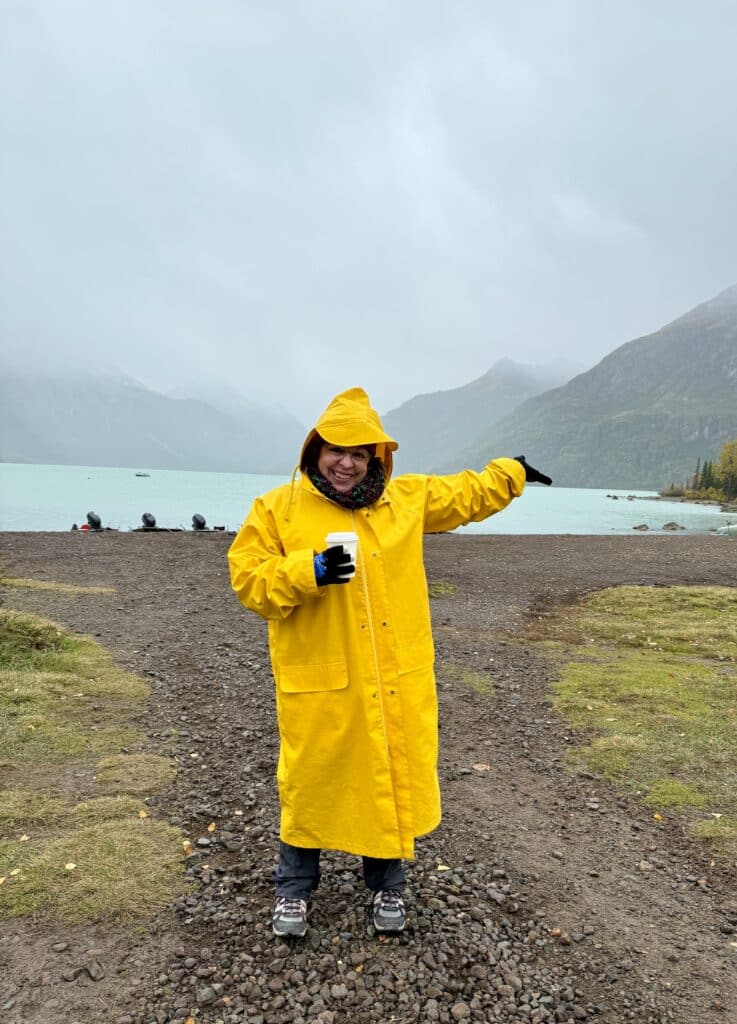
Exploring the Native Heritage
Lake Clark is also rich in Native Alaskan heritage, with the Dena’ina people having lived in the region for thousands of years. Visitors can learn about the area’s Indigenous history and culture, especially in the communities surrounding the park. Educational tours and cultural programs may be available, allowing you to better understand the deep connection between the people and the land.
Wildlife and Environmental Considerations
While Lake Clark’s beauty is undeniable, it’s important to approach this wilderness with respect for the environment and the creatures that inhabit it. Here are some key environmental considerations to keep in mind:
Respect Wildlife
Many of the animals in Lake Clark, especially the grizzly bears, are wild and unpredictable. It’s essential to follow safety guidelines to protect both yourself and the animals. Always maintain a safe distance from wildlife, and never approach or feed them. If you are hiking, carry bear spray and be aware of your surroundings at all times. Guided tours and bear-viewing operators are experienced in ensuring safe wildlife encounters and can provide expert guidance. At no point during our pontoon boat tour were we in any danger.
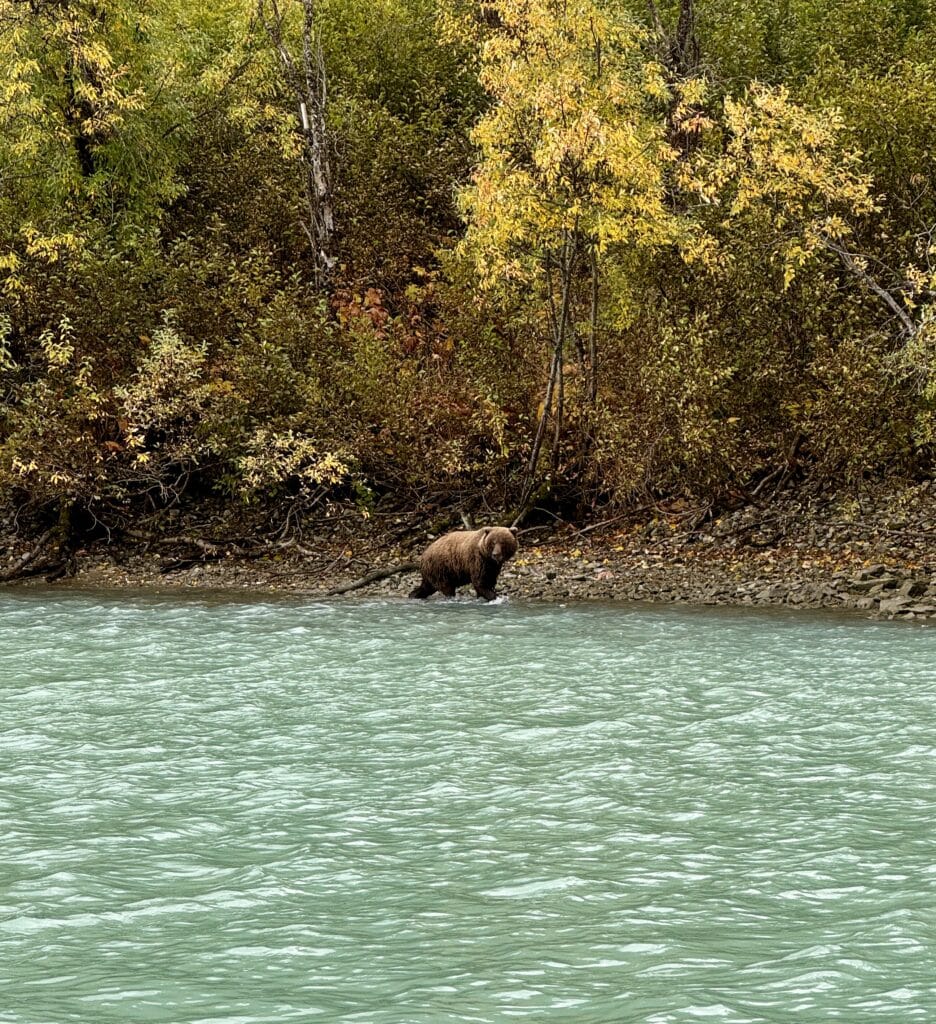
Leave No Trace
As a remote wilderness area, Lake Clark is particularly vulnerable to environmental damage. Make sure to follow Leave No Trace principles when visiting. This includes packing out all trash, minimizing your impact on the land, and staying on established trails when possible.
Weather and Conditions
The weather in Lake Clark can change rapidly, and conditions can be extreme, even in summer. Temperatures can drop unexpectedly, and rain is frequent. Visitors should always come prepared for a variety of weather conditions, including cold, wet, and windy conditions. Layered clothing, waterproof gear, and solid hiking boots are essential. We had to leave early due to weather conditions. Companies such as Rust’s keep a close eye on the weather for the safety of their passengers.
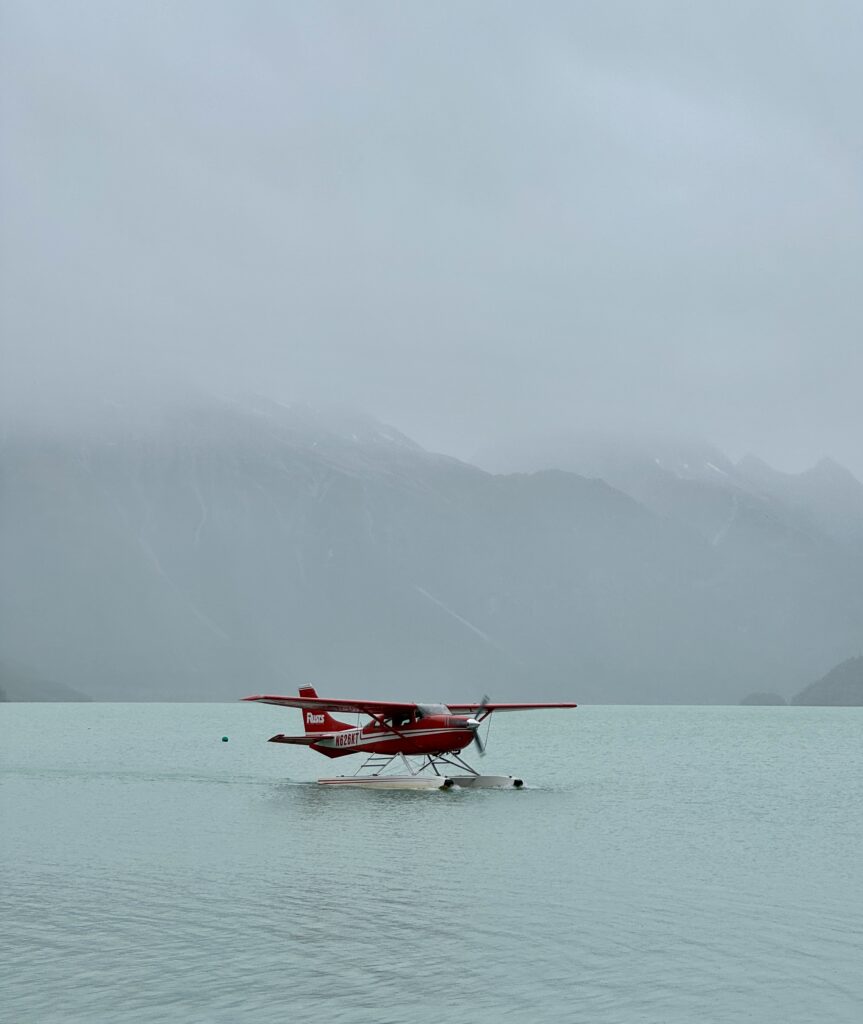
Volcanic Activity
As Lake Clark sits on the Alaska Peninsula, it is located near active volcanoes, including Mount Redoubt. While volcanic eruptions are infrequent, they can pose hazards, including ash fall, lava flows, and earthquakes. It’s important to stay informed about the region’s volcanic activity by checking with local authorities and monitoring any alerts during your visit.
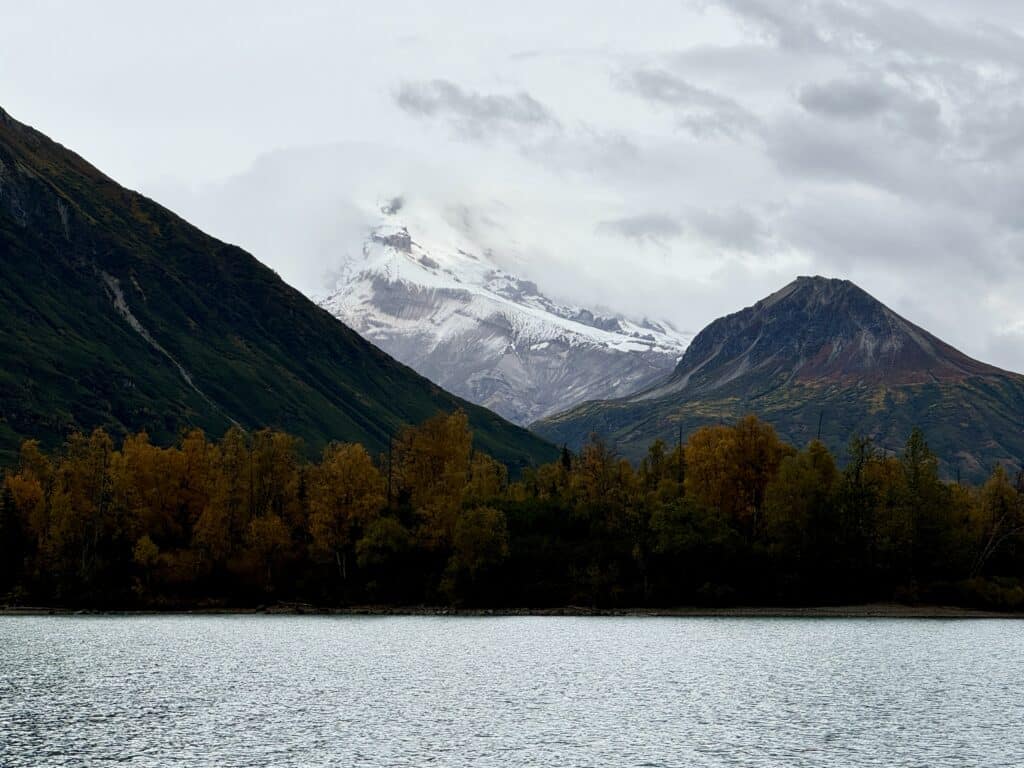
Lake Clark, Alaska, is an incredible destination that offers a truly unique and unspoiled wilderness experience. Whether you’re drawn by the wildlife, the landscape, or the opportunity to disconnect from the world, this remote corner of Alaska has something for every adventurer. From the thrill of observing grizzly bears to the serenity of its pristine waters, Lake Clark is a place that will stay with you long after you leave. I would go back in a heartbeat. Visiting Lake Clark was a beautiful experience.
If you’re planning a trip to Lake Clark, be prepared for an adventure of a lifetime, but also take the time to respect and protect the land. This stunning national park is a true Alaskan treasure. It’s up to all visitors to ensure that it remains as awe-inspiring for generations to come.

